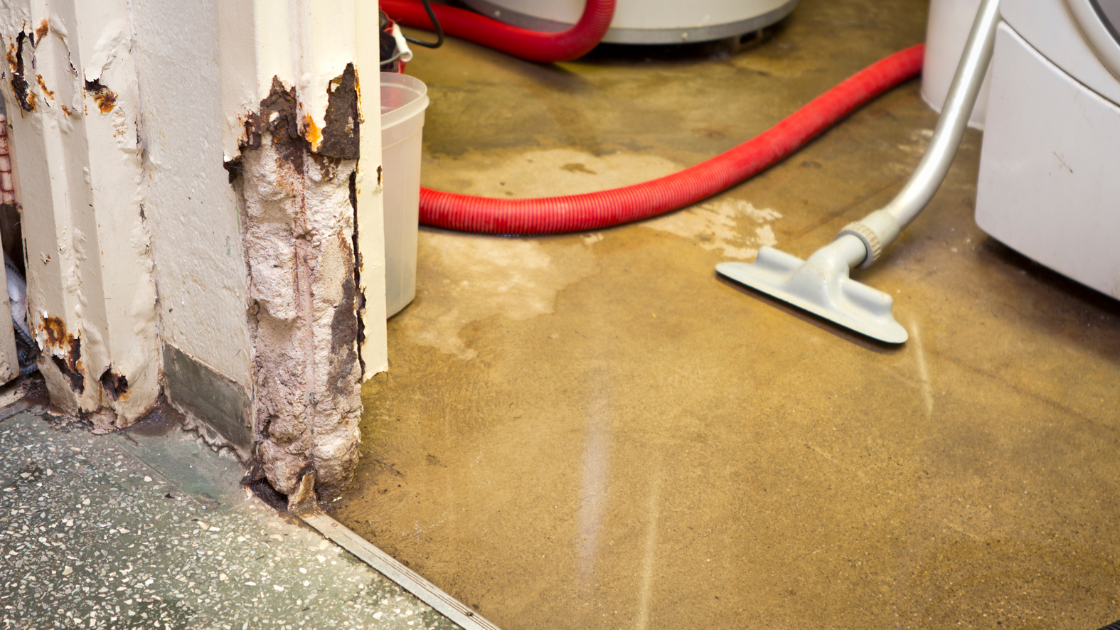Water damage restoration is the process of repairing and restoring a property that has been damaged by water. This can include anything from a small leak to a full-blown flood. Water damage restoration is a process that can be difficult to understand and navigate. There are many different things that can go into it, and it’s not always easy to know where to start. However, by following some simple steps, you can make the process a little bit easier.
Emergency Contact
One of the most important steps in water damage restoration is an emergency contact. This is the process of contacting a specialist who can help you understand and navigate the restoration process. Specialists will ask specific questions about your water emergency, and they will also schedule a time to inspect the property and develop a restoration plan.
Inspection and Water Damage Assessment
Inspection and water damage assessment are important steps in the water damage restoration process. During the inspection, your restoration specialist will look for any hazards that may be present on the property. They will also assess the extent of the damage so that they can form a plan for restoring the property.
Water damage assessment is important because it helps to determine the severity of the damage. This information is then used to create a restoration plan that will effectively address the needs of the property.
Water Removal
Water removal is an important part of the water damage restoration process. By removing water from the property, it can reduce the amount of time that it takes to dry. This is accomplished by using pumps and extraction units to remove thousands of gallons of water from the property.
Damaged Material Removal
Once the water has been removed from the property, the next step is to remove any damaged materials. This includes anything that has been affected by water, such as furniture, flooring, and walls.
In some cases, your local specialist company may be able to restore these materials. However, in other cases, they will have to remove them so that the drying process can continue. They will always let you know if they need to remove any materials and will do it as quickly as possible so that it does not delay the restoration process.
Cleaning, Sanitizing, and Deodorization
Water damage often leaves extensive cleaning, sanitizing, or deodorization needs in its wake. This may include floors, furniture, and other personal belongings.
Cleaning is an important step in the restoration process, as it helps to remove any dirt or debris that may have been left behind by the water. Sanitizing helps to kill any bacteria or viruses that may be present in the property, and deodorization helps to remove any unpleasant smells that may be present.
Drying
Trained professionals always use the newest and most efficient drying equipment available to remove any water you can’t see. This will help structures, like your walls or ceilings, from warping or collapsing due to unseen moisture. To do this they need to get rid of all the water located within different materials so they go back to their normal dry state. Depending on the situation, some equipment is placed during the first visit while other times it’s not needed until later visits.
Monitoring
Specialists will visit your property daily during the drying process to help ensure materials are drying properly, check equipment performance, and adjust as necessary. Proper monitoring is crucial for the effective and efficient drying of your property.
Repairs and Construction
After these initial steps, your home may need construction work to get your property back to its pre-loss condition. The repairing step can be minor repairs or rebuilding entire areas of your home. Having one qualified company for the entire process can save time and keep costs low, especially for both the initial damage mitigation and rebuilding of the affected areas.
The water damage restoration process can be complex and overwhelming. However, by understanding the steps that are involved, you can have a better idea of what to expect.
